-
 Vivian Alice Reid
Vivian Alice Reid -
 Paton, Nora ( -2018)
Paton, Nora ( -2018) -
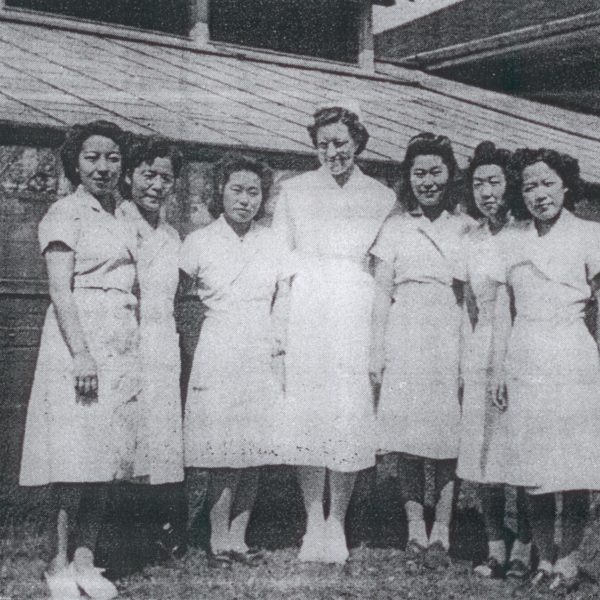 Irene Smith
Irene Smith -
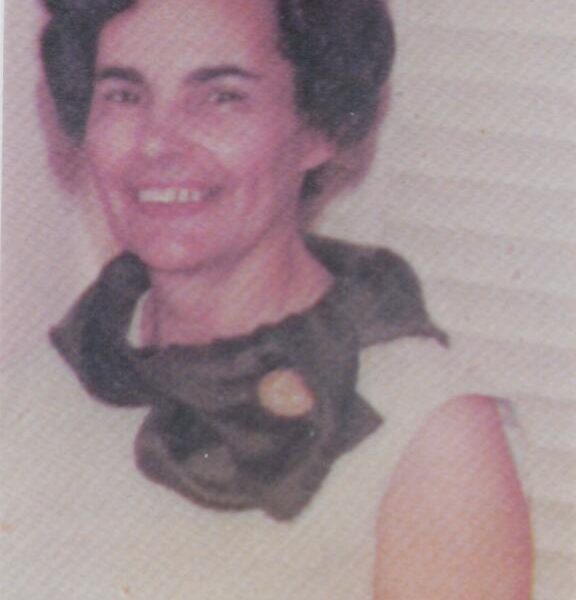 Pauline Siddons 1919 – 1999
Pauline Siddons 1919 – 1999 -
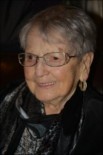 Therese Schnurr (1926-2016)
Therese Schnurr (1926-2016) -
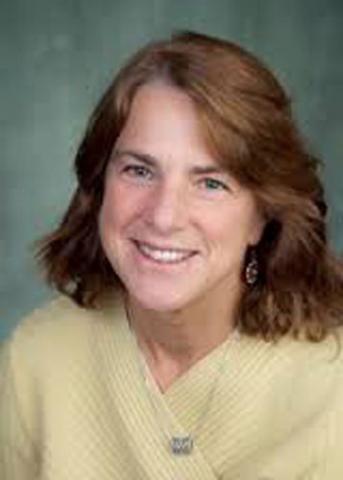 Margaret Scaia 1954 –
Margaret Scaia 1954 – -
 Mary Sarvela 1913 – 2004
Mary Sarvela 1913 – 2004 -
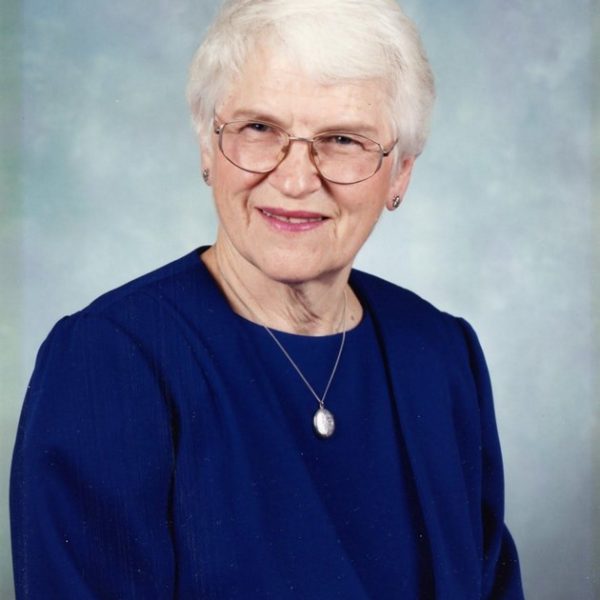 Julie Roach 1927 – 2017
Julie Roach 1927 – 2017 -
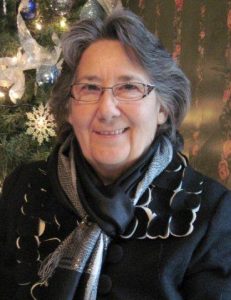 Lenore Radom 1945 –
Lenore Radom 1945 – -
 Sheila Oxholm (1937-
Sheila Oxholm (1937- -
 Swail, Anna (1905-
Swail, Anna (1905- -
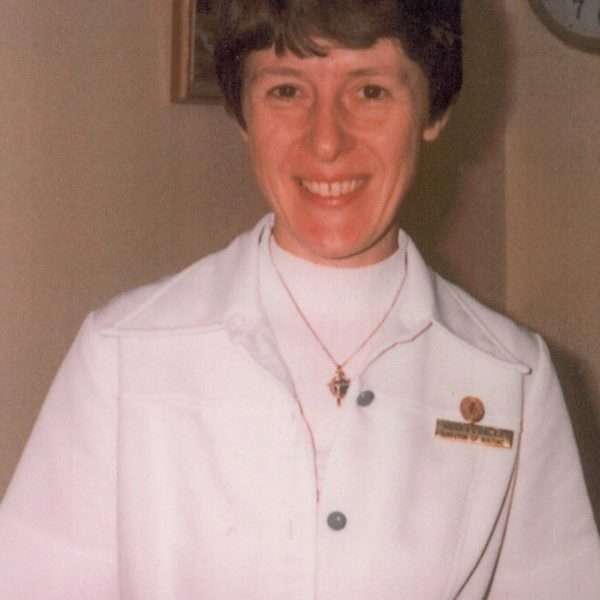 Surina, Sister Leanne Marie (1937-2002)
Surina, Sister Leanne Marie (1937-2002) -
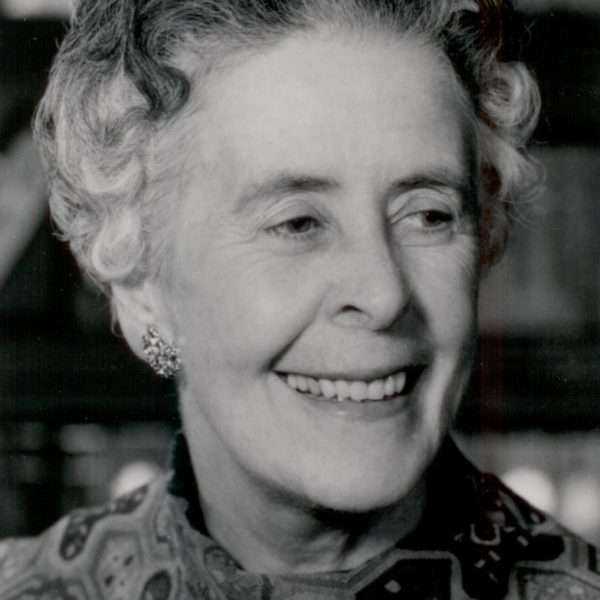 Street, Margaret Mary (1907-1993)
Street, Margaret Mary (1907-1993) -
 Strand, Elsie (1931-2009)
Strand, Elsie (1931-2009) -
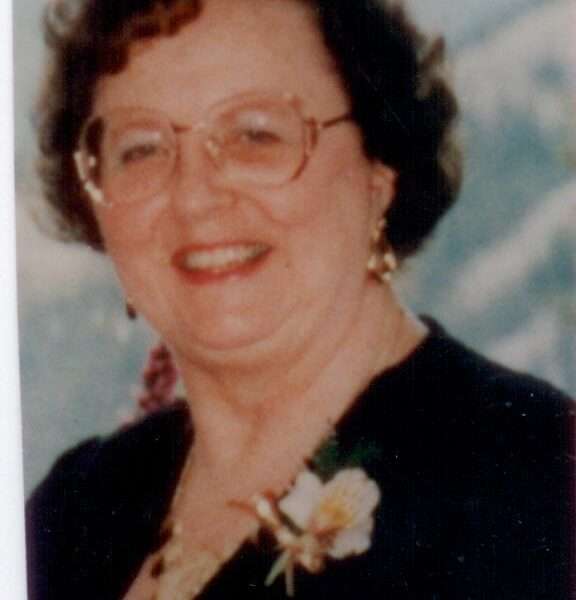 Stephens, Gloria
Stephens, Gloria -
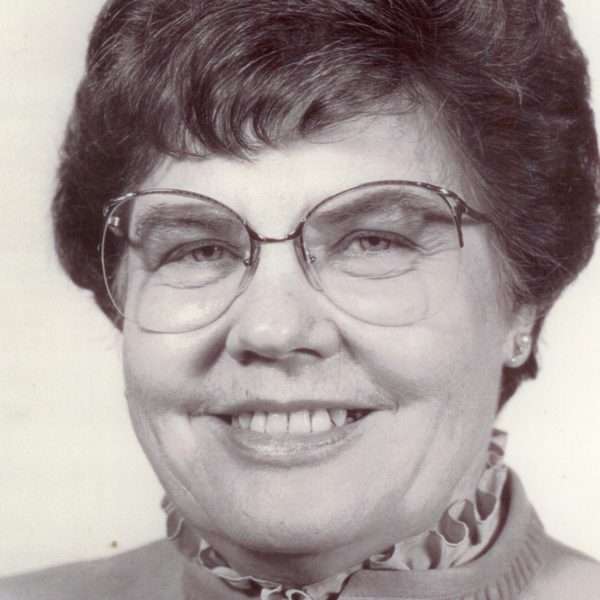 Staples, Sara “Sally” (1926-2012)
Staples, Sara “Sally” (1926-2012) -
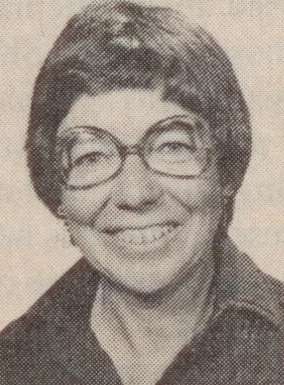 Stanton, Sheila
Stanton, Sheila -
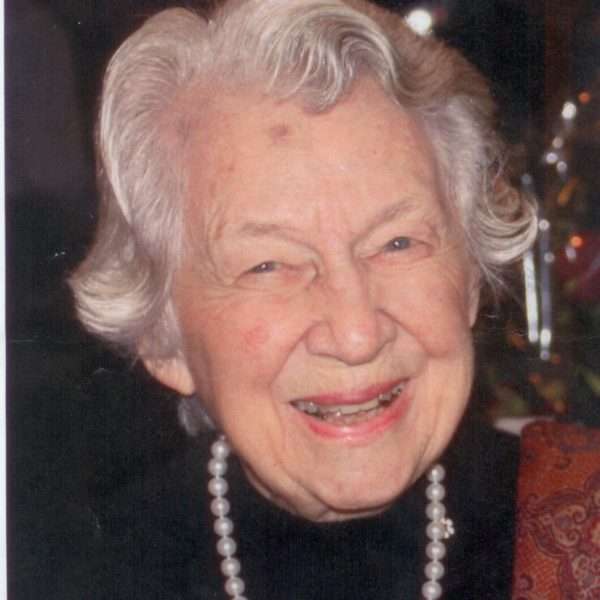 Splane, Verna (1914-2015)
Splane, Verna (1914-2015) -
 Smith, Rosalind (1920-1990)
Smith, Rosalind (1920-1990) -
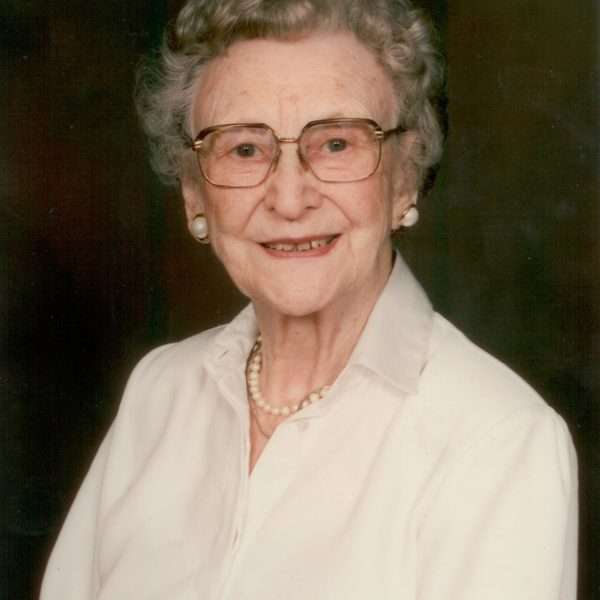 Smith, Alice Katherine (1910-1998)
Smith, Alice Katherine (1910-1998) -
 Sloan, Harriet (1917-2016)
Sloan, Harriet (1917-2016) -
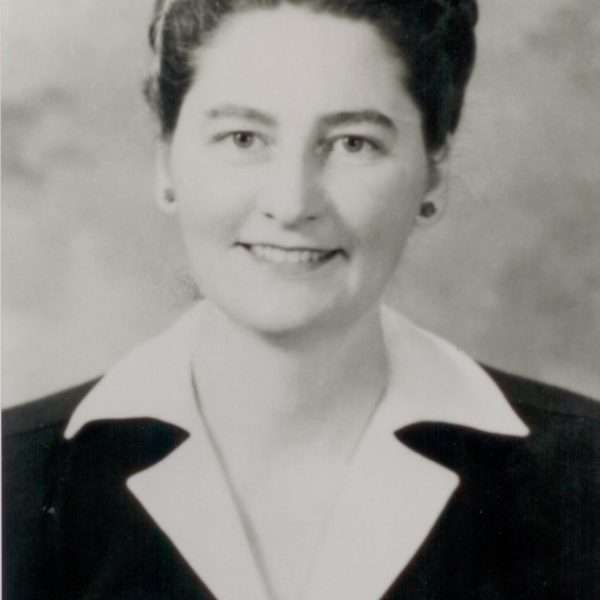 Slaughter, Dorothy (1911-1993)
Slaughter, Dorothy (1911-1993) -
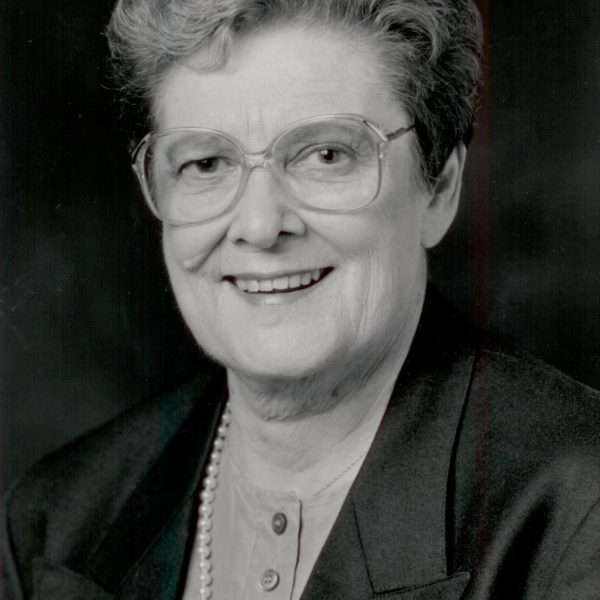 Shore, Helen (1925-2020)
Shore, Helen (1925-2020) -
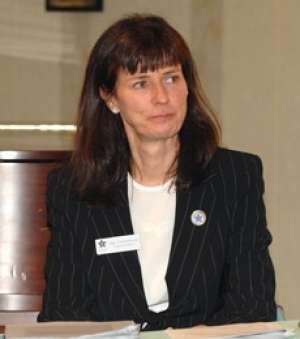 Schamborzki, Inge (1951-
Schamborzki, Inge (1951- -
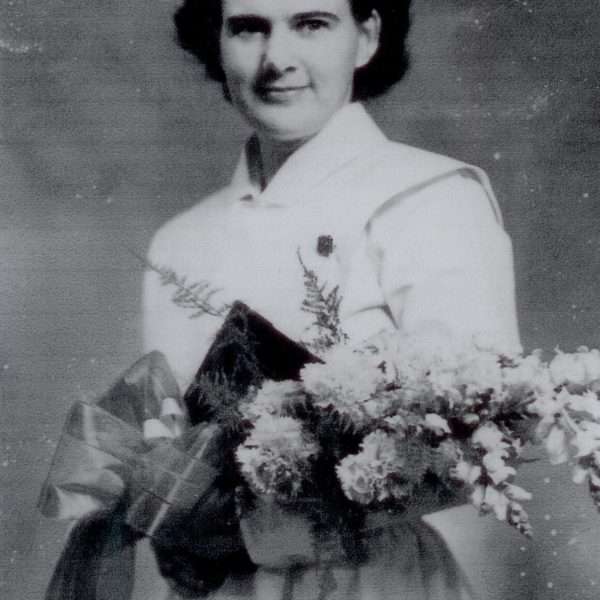 Saunders, Ruth (1923-2002)
Saunders, Ruth (1923-2002) -
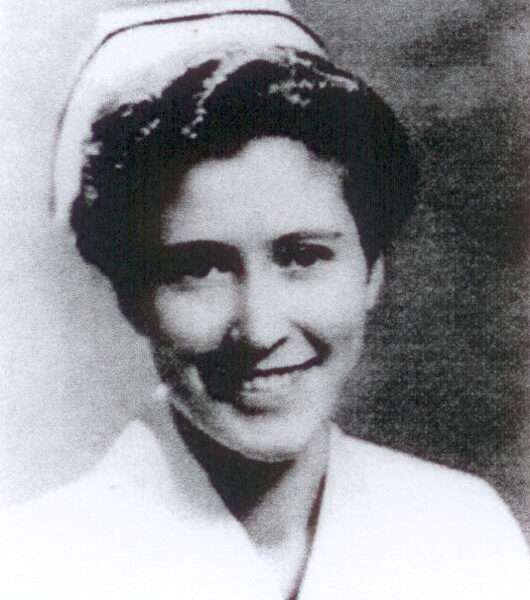 Saunders, Helen (1917-2014)
Saunders, Helen (1917-2014) -
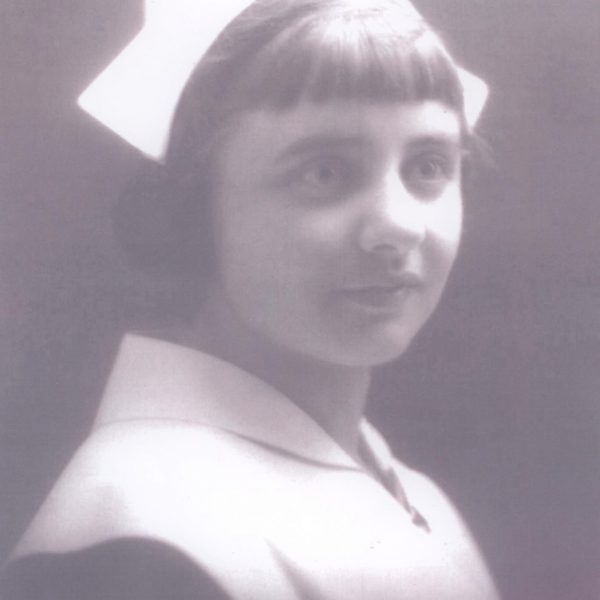 Russell, Winnifred Emily (1905-2001)
Russell, Winnifred Emily (1905-2001) -
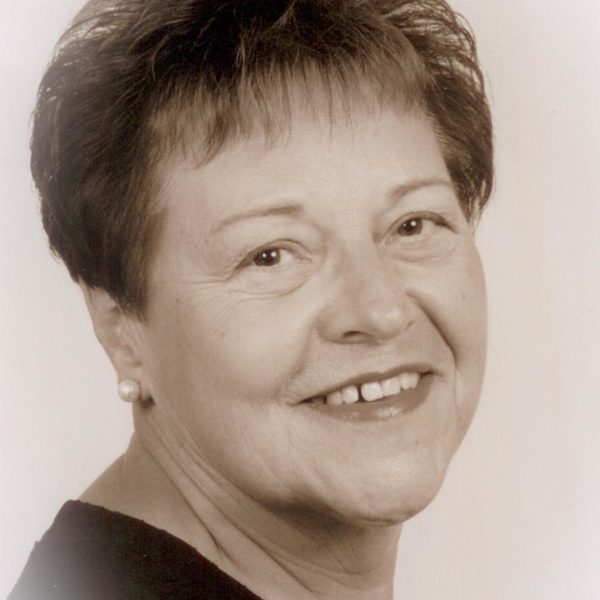 Runka, Celia (1938-
Runka, Celia (1938- -
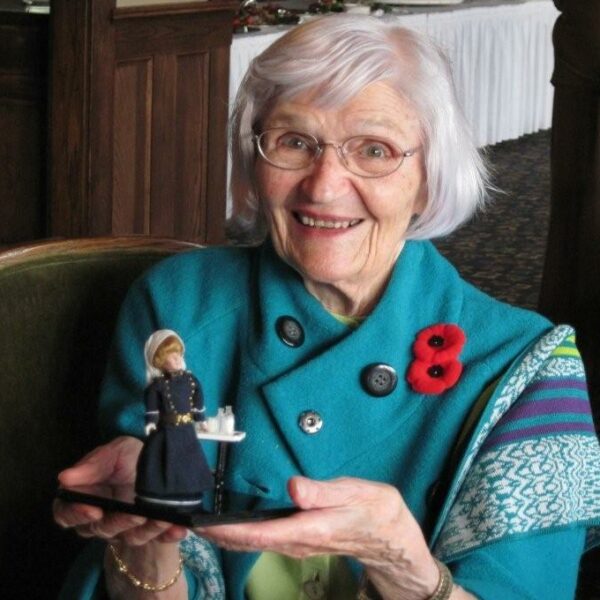 Rumen, Nina (1927-2022)
Rumen, Nina (1927-2022) -
 Rothwell, Emily Sue (1943-2013)
Rothwell, Emily Sue (1943-2013) -
 Rossiter, Edna (1905-1988)
Rossiter, Edna (1905-1988) -
 Ross, Florence Mary (1919-1995)
Ross, Florence Mary (1919-1995) -
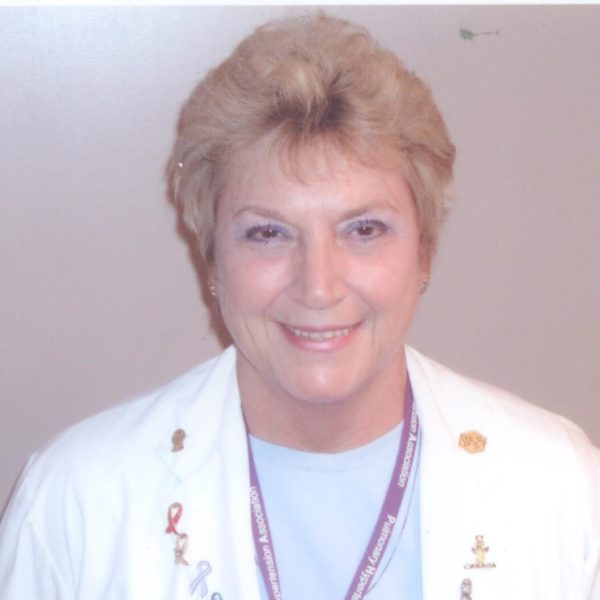 Ross (nee King), Betty (1943- )
Ross (nee King), Betty (1943- ) -
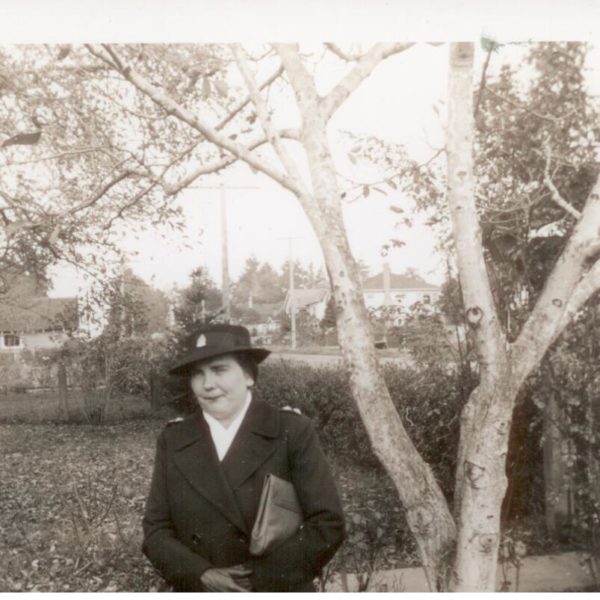 Roblin, Olive, (nee Wilson) (1916-
Roblin, Olive, (nee Wilson) (1916- -
 Ritchie, Diana (1925-2007)
Ritchie, Diana (1925-2007) -
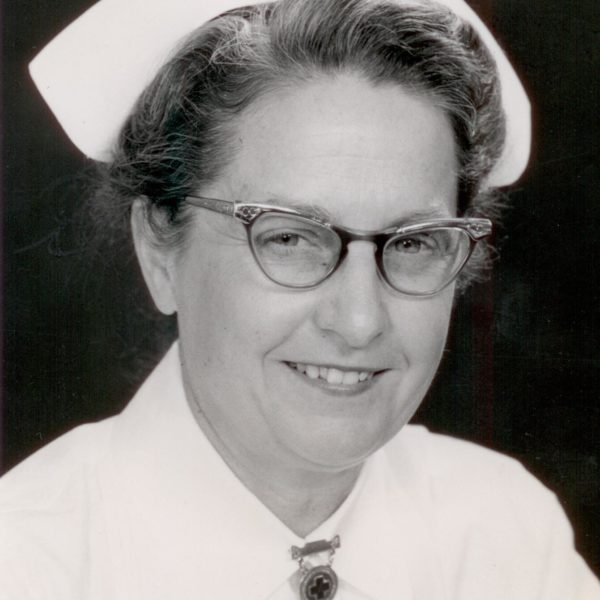 Richmond, Mary (1920-2002)
Richmond, Mary (1920-2002) -
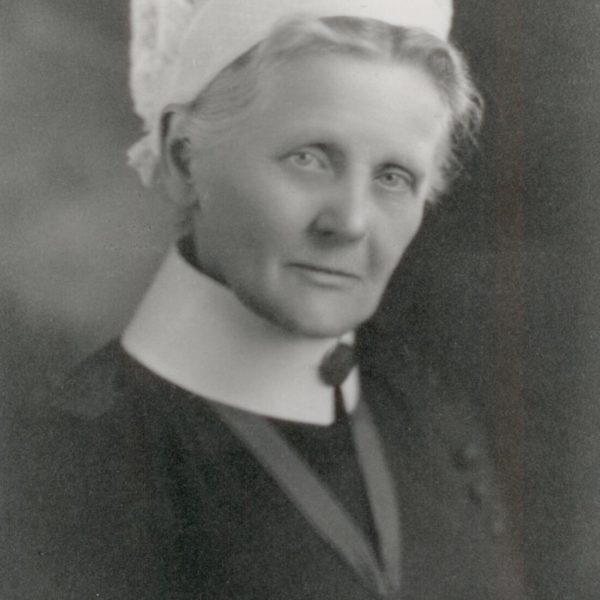 Redmond, Sister Frances Dalrymple (1854-1932)
Redmond, Sister Frances Dalrymple (1854-1932) -
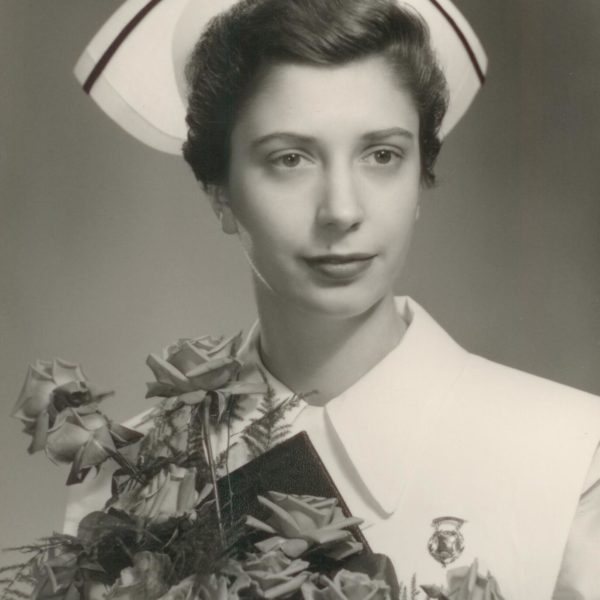 Ratsoy, Bernadet “Bernie” (1936-2009)
Ratsoy, Bernadet “Bernie” (1936-2009) -
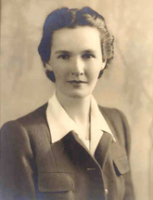 Ranta, Pauline (1914- 2010)
Ranta, Pauline (1914- 2010) -
 Ransom (nee McLeod), Elsie “Rannie” (1896-2000)
Ransom (nee McLeod), Elsie “Rannie” (1896-2000) -
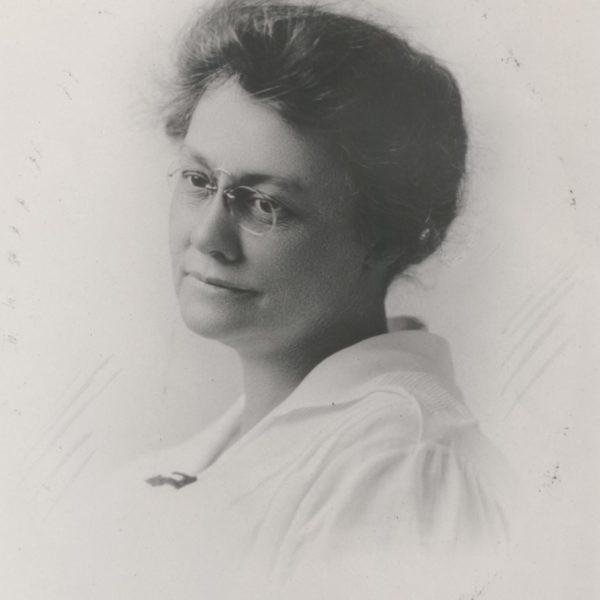 Randal, Helen Louisa (1872-1963)
Randal, Helen Louisa (1872-1963) -
 Proudfoot (nee Gilfillian), Dorothy Anna (1928-
Proudfoot (nee Gilfillian), Dorothy Anna (1928- -
 Pringle, Eden Lyall (1893-1918)
Pringle, Eden Lyall (1893-1918) -
 Priestly, Dorothy (ca. 191- -1988)
Priestly, Dorothy (ca. 191- -1988) -
 Prentice, Sally Irene (1892-1982)
Prentice, Sally Irene (1892-1982) -
 Powell (nee Armstrong), Margaret Jean (1925-
Powell (nee Armstrong), Margaret Jean (1925- -
 Petch (nee Clunas), E.L. Ruth (1925-
Petch (nee Clunas), E.L. Ruth (1925- -
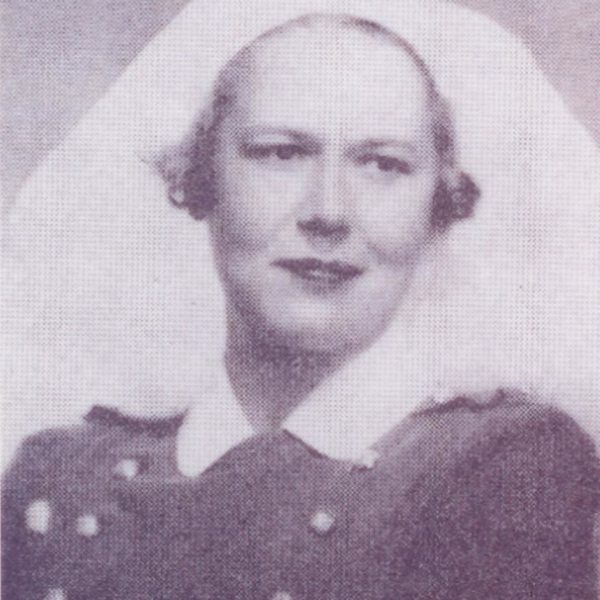 Pennington, Marion (1910-1991)
Pennington, Marion (1910-1991) -
 Payton, Phyllis (1909-2007)
Payton, Phyllis (1909-2007) -
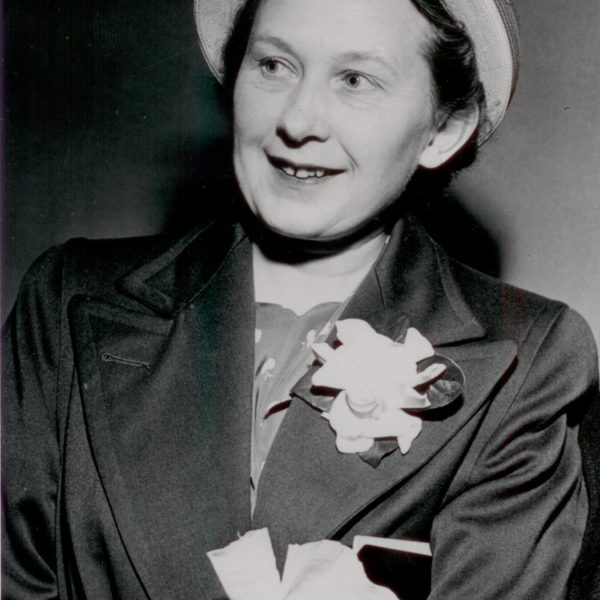 Paulson, Esther (1906-2004)
Paulson, Esther (1906-2004) -
 Patterson (nee Branscombe), Emily Susan (1835 -1909)
Patterson (nee Branscombe), Emily Susan (1835 -1909) -
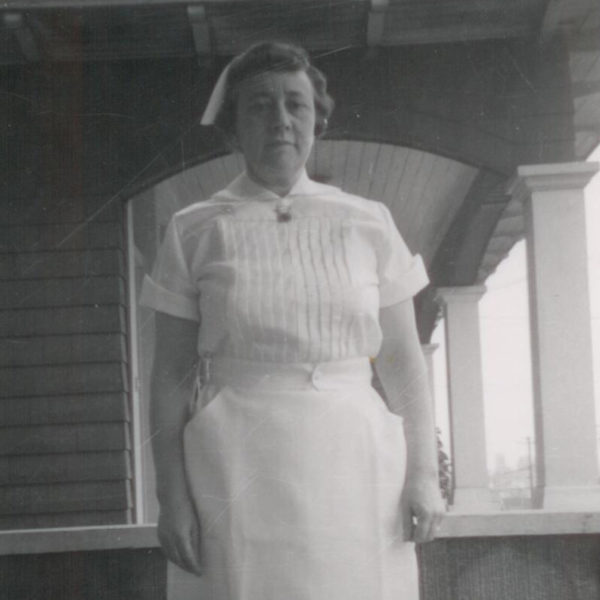 Owen (nee Ford), Alice E. (1913-2003)
Owen (nee Ford), Alice E. (1913-2003) -
 Niskala, Dr. Helen (1926-2018)
Niskala, Dr. Helen (1926-2018) -
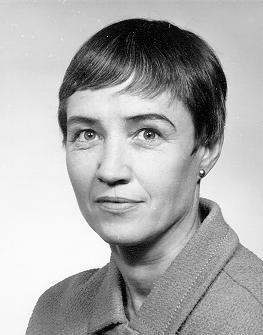 Neylan (nee Prowse), Margaret S. (1924-2005)
Neylan (nee Prowse), Margaret S. (1924-2005) -
 Newton, June (1919-2015)
Newton, June (1919-2015)

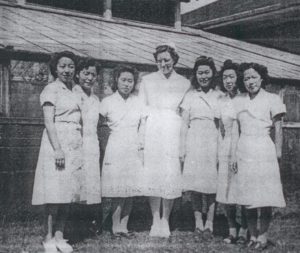 Smith (nee Anderson), Irene
Smith (nee Anderson), Irene Siddons, Pauline A.J. (1919-1999)
Siddons, Pauline A.J. (1919-1999)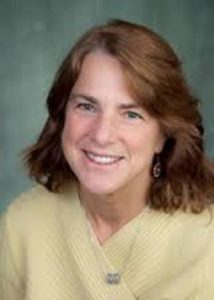 Scaia, Margaret (ca. 1954-
Scaia, Margaret (ca. 1954-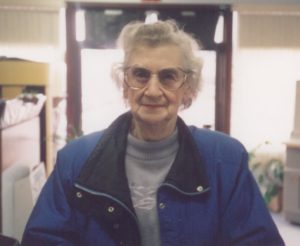 Sarvela (nee Buckland), Mary “Molly” Richards (1913-2004)
Sarvela (nee Buckland), Mary “Molly” Richards (1913-2004)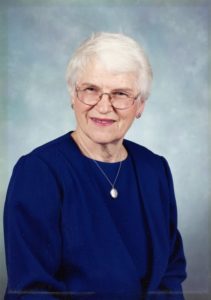 Roach, Julie (Sister Scholastica) (1927-2017)
Roach, Julie (Sister Scholastica) (1927-2017)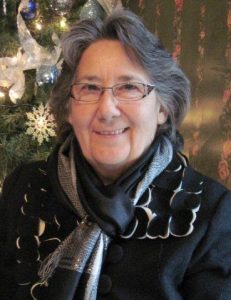 Radom, Lenore (1945-
Radom, Lenore (1945-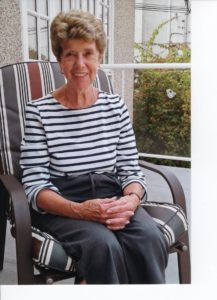 Oxholm (nee Oliver), Sheila (1937-
Oxholm (nee Oliver), Sheila (1937-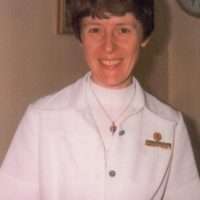 Surina, Sister Leanne Marie / Surina, Sister Virginia (1937-2002)
Surina, Sister Leanne Marie / Surina, Sister Virginia (1937-2002)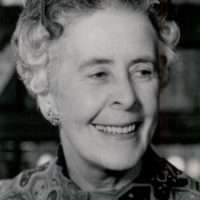 Street, Margaret Mary (1907-1993)
Street, Margaret Mary (1907-1993) Stephens (nee Webb), Gloria Louise
Stephens (nee Webb), Gloria Louise Staples (nee Matties), Sara “Sally” (1926-2012)
Staples (nee Matties), Sara “Sally” (1926-2012)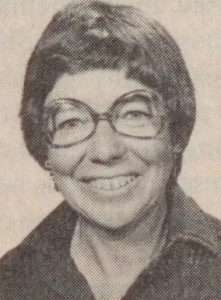 Stanton (nee Creeggan), Sheila
Stanton (nee Creeggan), Sheila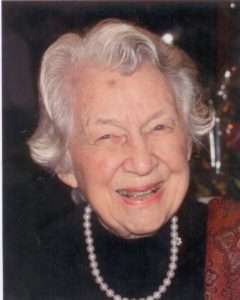 Splane, Verna (nee Huffman) (1914-2015)
Splane, Verna (nee Huffman) (1914-2015)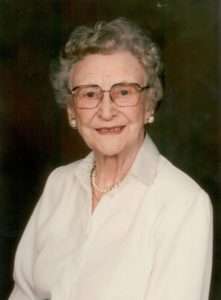 Smith, Alice Katherine (1910-1998)
Smith, Alice Katherine (1910-1998)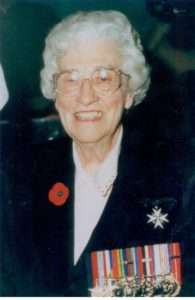 Sloan, Harriet (Hallie) J.T. (1917-2016)
Sloan, Harriet (Hallie) J.T. (1917-2016)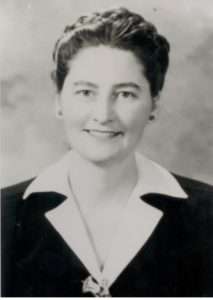 Slaughter, Dorothy (nee Tate) (1911-1993)
Slaughter, Dorothy (nee Tate) (1911-1993)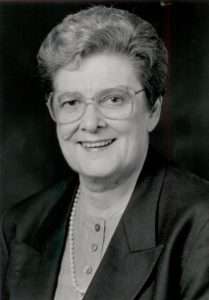 Shore, Helen Louise (1925-2020)
Shore, Helen Louise (1925-2020) Schamborzki, Inge (1951-
Schamborzki, Inge (1951- Saunders, Ruth (1923-2002)
Saunders, Ruth (1923-2002)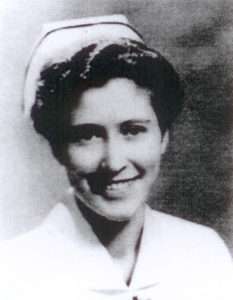 Saunders, Helen (1917-2014)
Saunders, Helen (1917-2014)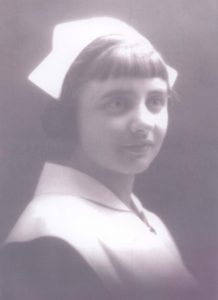 Russell (nee Large), Winnifred Emily (1905-2001)
Russell (nee Large), Winnifred Emily (1905-2001)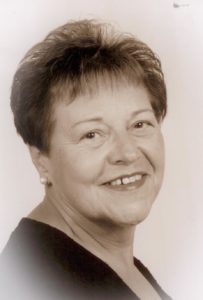 Runka (nee Zitko), Celia (1938-
Runka (nee Zitko), Celia (1938-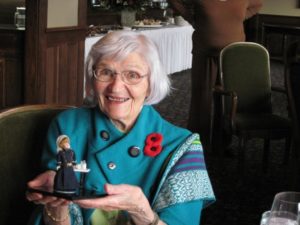 Rumen, Nina (1927-
Rumen, Nina (1927-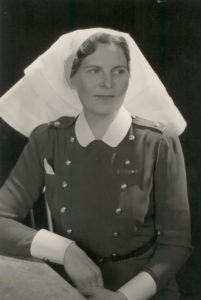
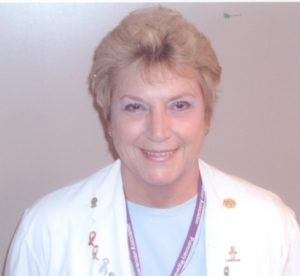 Ross (nee King), Betty (1943- )
Ross (nee King), Betty (1943- )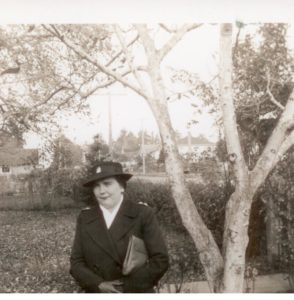
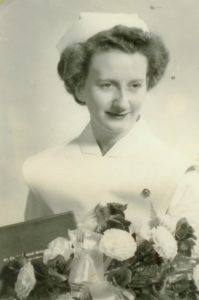 Ritchie, Diana (1925-2007)
Ritchie, Diana (1925-2007)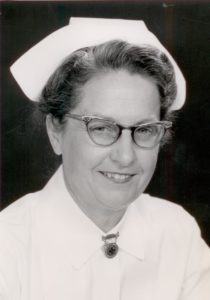 Richmond, Mary (1920-2002)
Richmond, Mary (1920-2002) Redmond, Sister Frances Dalrymple (1854-1932)
Redmond, Sister Frances Dalrymple (1854-1932)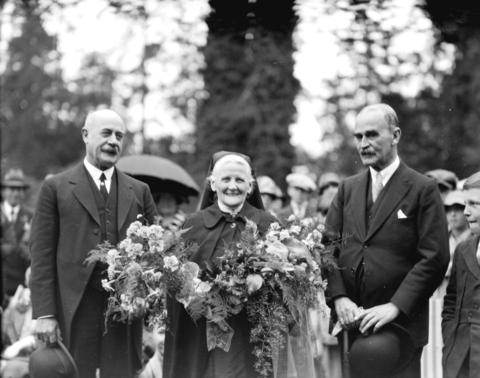
 Ratsoy (nee Kiss), Bernadet “Bernie” (1936-2009)
Ratsoy (nee Kiss), Bernadet “Bernie” (1936-2009)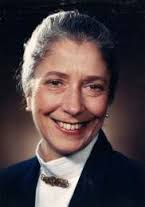 Ratsoy’s many accomplishments include the development of a family-centered maternity care program and the initiation of a three-year prenatal health research project. At St. Paul’s she was responsible for infection control, ambulatory services, obstetrics, rehabilitation and pediatrics. She responded rapidly and effectively to the AIDS epidemic in Vancouver, developing nursing care and staff protection programs. She has had over fifteen publications in books and recognized journals, and was often invited for public speaking engagements.
Ratsoy’s many accomplishments include the development of a family-centered maternity care program and the initiation of a three-year prenatal health research project. At St. Paul’s she was responsible for infection control, ambulatory services, obstetrics, rehabilitation and pediatrics. She responded rapidly and effectively to the AIDS epidemic in Vancouver, developing nursing care and staff protection programs. She has had over fifteen publications in books and recognized journals, and was often invited for public speaking engagements.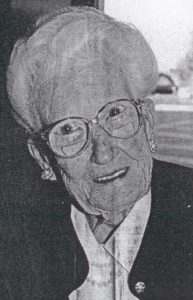 Ransom (nee McLeod), Elsie “Rannie” (1896-2000)
Ransom (nee McLeod), Elsie “Rannie” (1896-2000)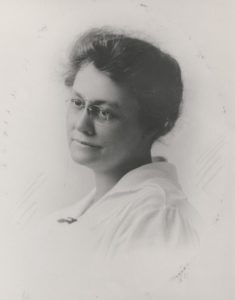 Randal, Helen Louisa (1872-1963)
Randal, Helen Louisa (1872-1963)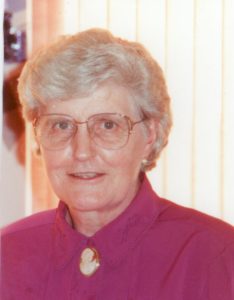 Proudfoot (nee Gilfillian), Dorothy Anna (1928-
Proudfoot (nee Gilfillian), Dorothy Anna (1928-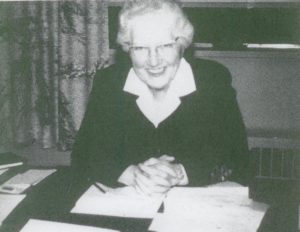 Priestly, Dorothy (ca. 191- -1988)
Priestly, Dorothy (ca. 191- -1988)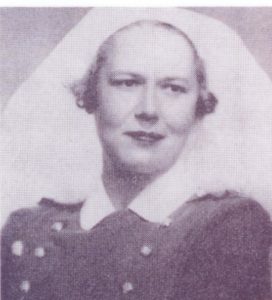 Pennington (nee Miles), Marion (1910-1991)
Pennington (nee Miles), Marion (1910-1991)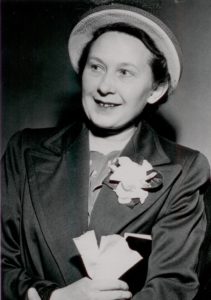 Paulson, Esther (1906-2004)
Paulson, Esther (1906-2004)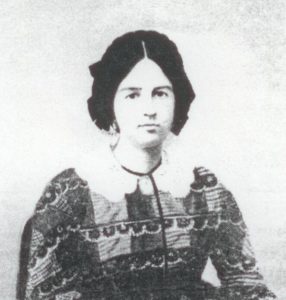 Patterson (nee Branscombe), Emily Susan (1835 -1909)
Patterson (nee Branscombe), Emily Susan (1835 -1909)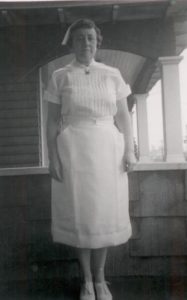 Owen (nee Ford), Alice E. (1913-2003)
Owen (nee Ford), Alice E. (1913-2003) Neylan (nee Prowse), Margaret S. (1924-2005)
Neylan (nee Prowse), Margaret S. (1924-2005)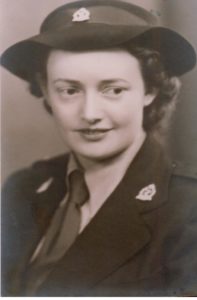 Newton, (nee Plummer), June (1919-2015)
Newton, (nee Plummer), June (1919-2015)